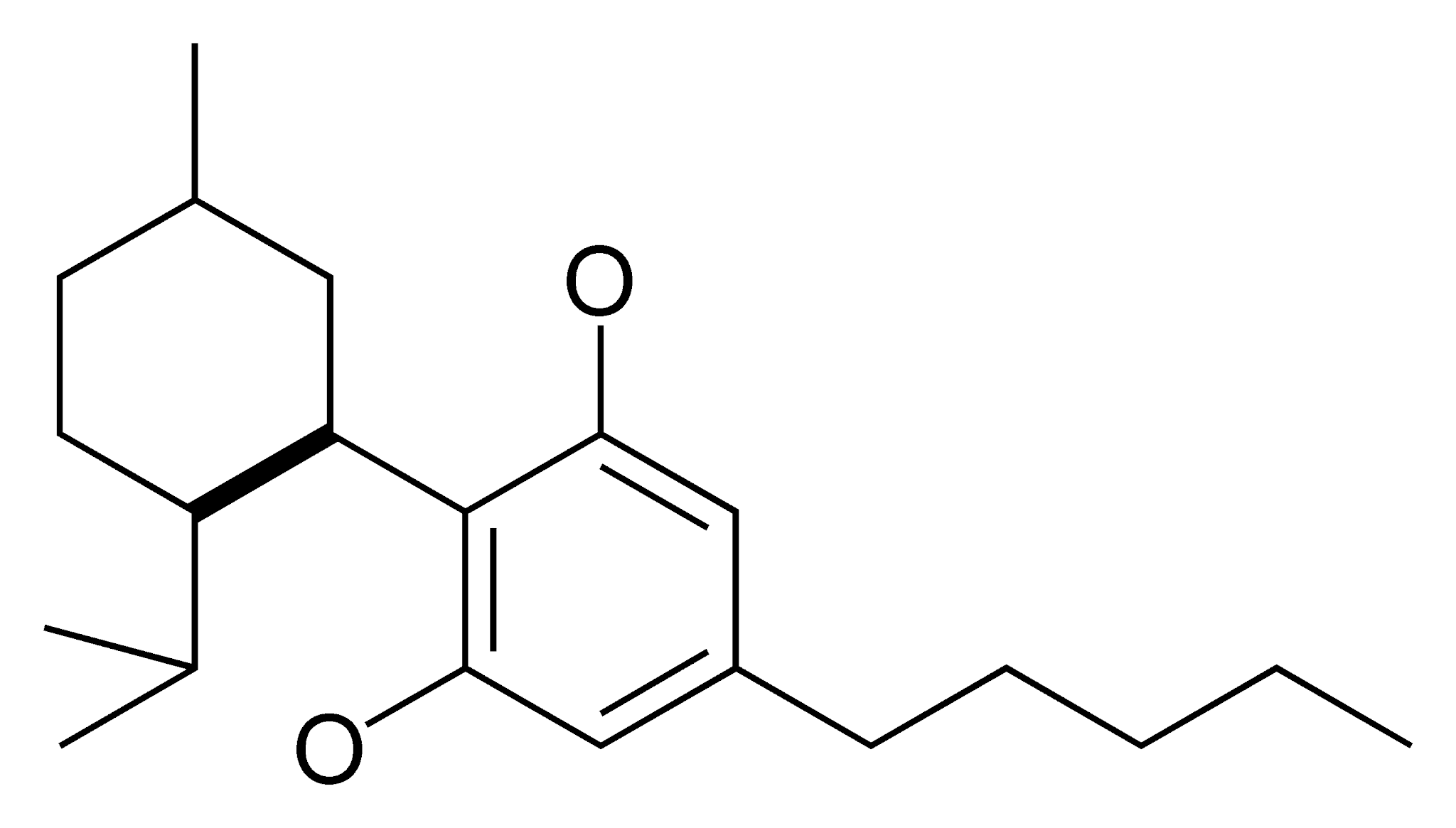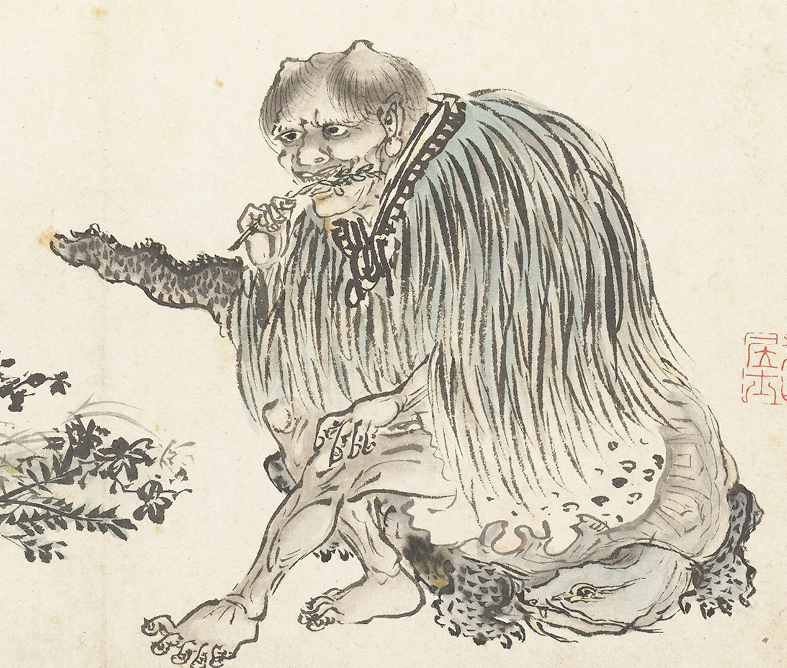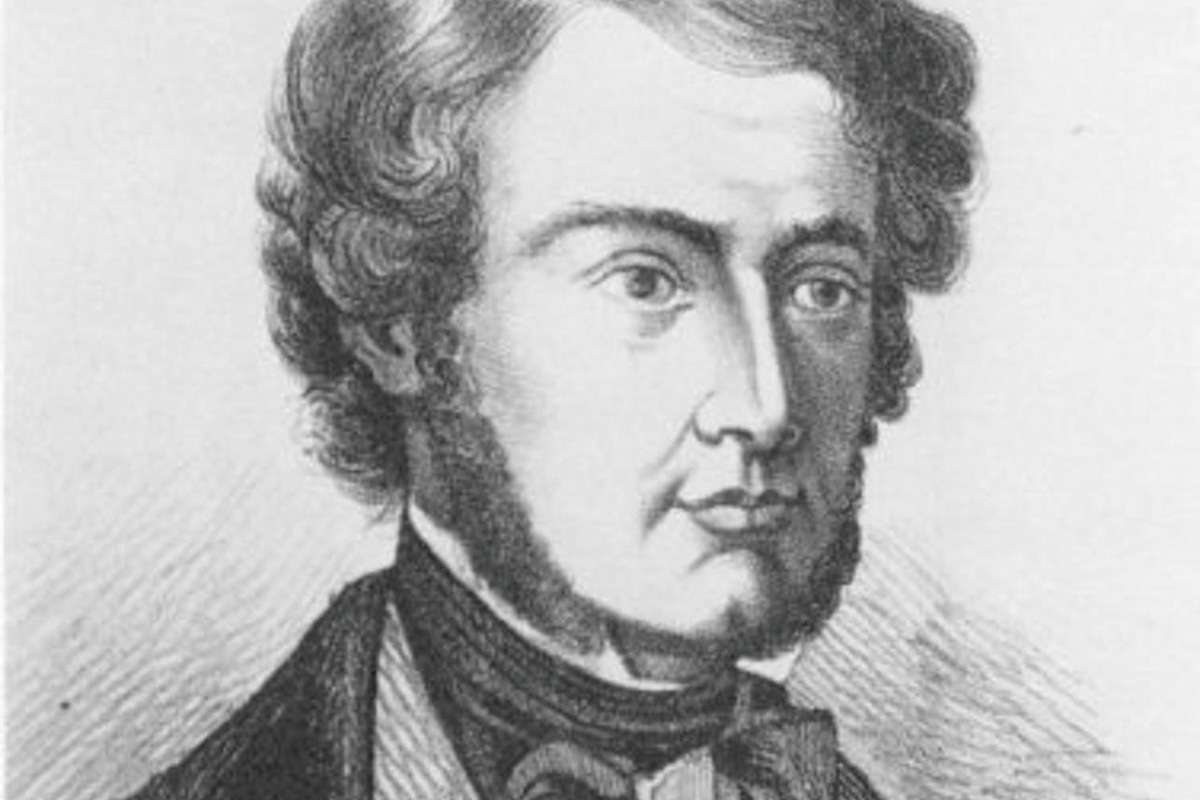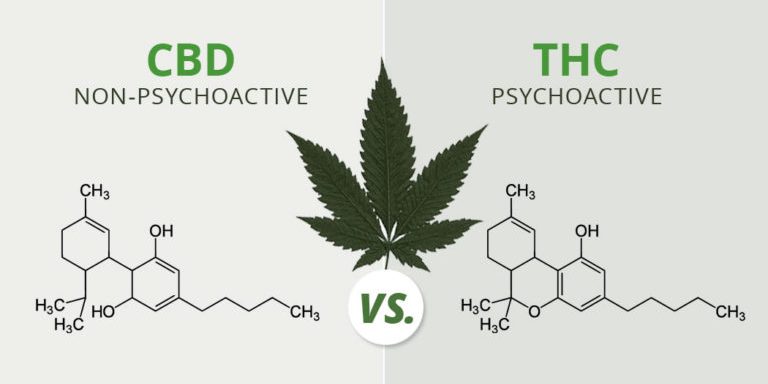
Your brain freeze may soon come with a side of pain relief.
Frozen sweets giant Ben & Jerry’s plans to make CBD-infused ice cream if it becomes legal to add the chemical found in hemp and marijuana to edibles in the U.S. The company is so set on the idea that it submitted a comment to the Food and Drug Administration in support of legalizing CBD-infused foods and beverages for a public hearing held Friday.
“You probably already know that we’re fans of all things groovy — think: Half Baked and Dave Matthews Band Magic Brownies,” the brand stated, pointing out some of its ice cream flavors. “So it’s no surprise that we can’t wait to get into the latest food trend: cannabidiol, or CBD. We are committed to bringing CBD-infused ice cream to your freezer as soon as it’s legalized at the federal level.”
Unlike THC, the chemical in marijuana that makes users high, CBD doesn’t since it acts on different parts of the nervous system, according to the Centers for Disease Control and Prevention. Scientists believe CBD might help children who suffer from seizures that can’t be controlled with other medicines, the CDC states. And the chemical has also been used to treat everything from pain and anxiety to inflammation and sleeplessness.
Ben & Jerry’s cited a recent study by the National Restaurant Association that found that three in four chefs named CBD- and cannabis-infused edibles as the hottest food trend this year.
"We’re doing this for our fans,” Ben & Jerry’s CEO Matthew McCarthy said. “We’ve listened and brought them everything from non dairy indulgences to on-the-go portions with our Pint Slices. We aspire to love our fans more than they love us and we want to give them what they’re looking for in a fun, Ben & Jerry’s way.”
The brand added that if it becomes legal, it hopes to use sustainably-sourced CBD from Vermont, where its headquarters are located. Ben & Jerry’s is encouraging fans to add their input on the legalization of CBD foods and beverages by contacting the FDA through July 2, the deadline for commenting.
Other dessert companies also plan to bring CBD to their products if it’s made legal, including Mondelez International, the Illinois-based food company that owns Chips Ahoy, Oreo, Cadbury chocolate, Nilla Wafers and Nutter Butter cookies.
In this article, we’ll look at some of the CBD science resources currently available. We’ll also go in-depth into this exciting compound and help you decide if CBD is really for you.

Cannabinoids are the active chemical compounds found in the cannabis plant.
There are 113 known cannabinoids, the most well known of which are tetrahydrocannabinol, or THC—the psychoactive compound responsible for getting you high—and cannabidiol, or CBD, which only now is seeing widespread interest for its diverse medical applications.
“CBD is one of the main cannabinoids in the cannabis plant,” explains Carolina Vasquez, KushyCBD’s chief scientist and director of research and development. “It’s found in the cannabis and hemp plants. Hemp is free from THC but part of the same plant family.
“CBD has a very similar molecular structure to THC. It has the same amount of carbons, the only difference being a single hydrogen. It has almost the exact same molecular weight to THC, but the effects are very, very different. They interact with exactly the same cannabinoid receptors in your brain, but we don’t know exactly how they work.”
THC and CBD have such a pronounced effect on us. This is because our brains, central nervous systems, and immune systems have cannabinoid receptors called endocannabinoids.
Endocannabinoids play a key role in maintaining our health, and in regulating our sleeping patterns and hormone levels.
But scientific research into the cannabis plant and the endocannabinoid system is very much in its infancy. The system itself was only discovered by scientists in 1992, and federal prohibition of marijuana has made conducting thorough research into cannabinoid compounds very challenging.

Despite THC and CBD grabbing all the headlines, there are a number of other compounds we expect to hear more about in the coming years.
CBN has been identified as a potent sedative compound in the cannabis plant. Recently it has emerged as a potential alternative to widely used sleeping medications like Ambien® or diazepam.
CBN’s potential to treat insomnia is something which our chief scientist Carolina has a particular interest in:
“One of my plans is to try to synthesize CBN out of THC. I think a lot of people that are extracting THC from cannabinoids are missing this.
“CBN is a very powerful sleep-inducing cannabinoid, but it’s very difficult to synthesize it. It can be synthesized artificially from other molecules. But I would like to focus on trying to extract this in a more organic way.
“If I can synthesize CBN naturally out of THC, then that will be a very big breakthrough in cannabis science.”
More compounds are being isolated and tested for specific medicinal attributes with increased research and interest in the potential of cannabinoids.
With public opinion dramatically shifting and the legislative landscape opening up opportunities for advanced studies into the cannabis plant’s vast potential, there’s no doubt that this is a very exciting time for the field of cannabis research.
The hemp plant was a common agricultural crop across the ancient world. It was cultivated for its seeds, oil, and the formidable fibrous characteristics that made it perfect for making garments, rope, and sails.
 The old Emperor Shen Hung and his medical herb
The old Emperor Shen Hung and his medical herb
In ancient China, the plant was consumed and used widely. Legend says that in 2737 B.C., Emperor Shen Neng prescribed cannabis tea for a variety of ailments, including gout, malaria, and, ironically, poor memory.
Medicinal cannabis use was widespread across Asia during this period. Ancient India also utilized hemp in traditional remedies, where it was and still is known as bhang.
The Chinese continued to advance the earliest scientific forays into cannabis. They documented its medicinal application at around 100 A.D., with surgeon Hua Tuo using the plant as an aesthetic around 200 A.D.
The Medieval period saw cannabis use spread across the Middle East. It’s thought that it found favor because drinking alcohol was forbidden but hashish was considered medicine.
 Queen Vic’s physician Sir William O’Shaughnessy
Queen Vic’s physician Sir William O’Shaughnessy
In the mid-19th century, Sir William O’Shaughnessy of the East India Trading Company would return from the colonies, extolling the virtues of “bhang.” He even prescribed it to Queen Victoria to help with her menstrual cramps.
O’Shaughnessy made a number of pioneering discoveries, but introducing cannabis to Western medicine is arguably his legacy.
As early as the late 1700s, we can find the first accounts of medical cannabis use in America. Hemp seeds were being prescribed to treat inflammation and incontinence.
At the time of the American Revolution, many farmers grew industrial hemp crops, which were used for making rope and canvas, among other uses. America’s first President George Washington once wrote, “Make the most of the Indian hemp seed… and plant it everywhere.”
An epidemic of opioid use in the United States lead to the creation of the Food and Drug Administration (FDA) in 1906. By 1914, any drug use was considered a crime.
The Marihuana Tax Act of 1937 saw cannabis effectively outlawed in the United States, but there were still instances of it being used in a variety of treatments.
In 1970, cannabis was categorized as a Schedule I drug by the Drug Enforcement Administration (DEA). The federal status defines cannabis as a “hazardous narcotic” with no medicinal benefit whatsoever. Other “controlled substances” in this category include heroin and cocaine.
 (diegograndi/iStock)
(diegograndi/iStock)
The AIDS Epidemic in the ‘80s and ‘90s saw the first organized political movement around medicinal marijuana.
Debilitated by government inaction and a range of experimental treatments, many AIDS patients suffered from dramatic weight loss and nausea. Marijuana was being used to calm nausea and increase appetite. These developments led to the creation of the San Francisco Cannabis Buyers Club in 1992. It is credited as the first public dispensary in the United States.
In 1996, California voted on Proposition 215, a statewide ballot initiative also known as the Compassionate Use Act of 1996. Buoyed by 775,000 signatures gathered from the California State electorate, it passed with 56 percent of the vote.
California became the first state in the Union to allow marijuana for specific medical use. Today, we have 31 states that allow medical marijuana, and nine that have approved recreational use.
– Carolina Vasquez, KushyCBD’s chief scientist
Today, the Internet is ablaze with studies, speculation, and personal testimonials attesting to the applications of CBD.
Below, we have linked to a number of studies that investigate CBD’s potential to relieve pain or symptoms related to the following illnesses:
Much of the research into CBD’s application for these illnesses is in its infancy. But the overwhelmingly promising early signs suggest that CBD is on the verge of becoming a powerful disruptor in the pharmaceutical industry.
 via Green Scene Podcast
via Green Scene Podcast
All THC consumers have found themselves way too high at some point. Whether it was from personal recklessness or that danger dose “mom-n-pop” edible you picked up at the dispensary, it’s a harrowing experience.
What does one do in this unfortunately common situation?
Some say you should take CBD to pop a couple of those balloons and bring you back to earth. Cannabis experts recommend taking CBD, to counteract the anxiety-causing effects of too much THC.
THC interacts with the CB1 receptor in your brain and the end result is that the user gets high. THC’s mission is to massage that CB1 receptor into a merry, languid lull.
For a long time, CBD was thought to be an antagonist to THC. Its presence in cannabis was believed only diminish the effectiveness of the THC. This led many cannabis cultivators to breed down CBD levels in the plant and aim for higher percentages of the “good stuff” or THC.
Recognition for CBD as useful tool to bring you down from the clouds is a byproduct of THC and CBD’s yin-and-yang relationship.
In 1974, the European Journal of Pharmacology published groundbreaking results of the first study into the effects of THC and CBD in a controlled setting. Eight groups were given either a placebo or 30mg oral THC; and then a placebo or 15mg, 30mg, or 60mg of oral CBD.
Using heart rate as an indicator, the study found 30mg and 60mg doses of CBD could reduce a racing heart rate induced by THC consumption, while psychological analysis showed an overall reduction in the “stoned” feeling.
While being widely cited, subsequent studies contradict some of the findings in this early report, and found little evidence that THC consumption slows your heart rate to a comfortable tempo. That being said, study results have indicated CBD can counteract the paranoia and anxiety that accompanies overconsumption of THC.
But as we’re only beginning to really discover now, CBD has a far more compelling spectrum of applications and uses, beyond merely blocking or reversing the effects of THC.
Because it is molecularly similar and targets the same receptors in the brain, CBD can actually block some of the psychoactive effects of THC. It has been observed that CBD can actually block the effects of both THC and other drugs, which is why it has become increasingly compelling as a solution to opioid addiction.
Of course, the simplest way to avoid getting too high is to start low and go slow. Remember kids, you can always take more—but you can never take less.
To learn more about Carolina and her work with KushyCBD, check out this Meet Our Scientist Q&A.
Our story begins in 2014. KushyCBD’s founder and CEO Ruben Cross decided to pivot away from cultivation and toward building a lasting, trusted brand that could meet the medical and recreational needs of the fast-growing cannabis community and beyond.
“We started thinking about the healthiest ways that we could get people their medicine,” explained Ruben. “We needed something small, easy-to-consume with low calories and low sugar. We understood that consistency was of paramount importance, particularly as the industry was poised to come above ground and become mainstream.”
Frustrated by a widespread absence of standardized dosing and healthy edible options available at dispensaries, Ruben developed KushyPunch’s classic organic, non-GMO, full spectrum gummy. Driving the pursuit for wellness—with FDA-standards of development and compliance—our gummy delivered the much-needed consistency that was famously lacking in the Wild West days of pre-recreational cannabis, in our home state of California.
Since then, we have continued to elevate our standards in the lab and on the shelves. We invest in the highest quality oil and natural ingredients and use regulatory-compliant manufacturing facilities and packaging. We strive to deliver the best, most reliable experience to our customers. As the cannabis sector expands, KushyPunch remains among the most trusted brands in the industry.
With each passing year, we see yet more evidence emerge enforcing cannabis’ position at the forefront of a disruption to the pharmaceutical industry. We will continue to increase our standards and spearhead innovation, to deliver well being and relief to all those that seek it.
 Carolina Vasquez Mitchell Photo Outside
Carolina Vasquez Mitchell Photo Outside
Since launching as the THC-dominant KushyPunch in 2014, we have been staunch in our pursuit of the highest standards for procedure, product, and patient care. That has meant investing heavily into the equipment and—most importantly—the personnel to ensure we remain at the forefront of innovation in this exciting, fledgling market.
Carolina Vasquez is a key part of that commitment to innovation.
Carolina is KushyCBD’s chief scientist and director of research and development. Born and raised in Guadalajara, Mexico, Carolina moved to the United States in 2010, after graduating with a BS in Chemistry Pharmacobiology and Industrial Chemistry from the University of Guadalajara. She went on to receive her MS in Chemistry from the University of Southern California, undertaking four years of a PhD program there before being lured by the draw of this bold, new research frontier.
Prior to joining KushyCBD, Carolina was the Head of Research for Power Brands, America’s leading beverage consultancy firm. She led more than ten projects for a broad spectrum of companies. Accomplishments include nurturing a concept-to-commercialization for a company with 7,000+ restaurants worldwide. Carolina also developed products for one of the top cereal companies in the U.S. and the most prominent sports drinks brand in the world.
Since joining KushyCBD, Carolina has transformed our laboratory into a world-class food production facility. She ensures that we continue to push our product innovation and uphold the highest standards of compliance and food safety.
Carolina was recently honored as one of Dope Magazine’s Outstanding Women in Cannabis. You can read the full interview with her here.
 Ruben testing KushyCBD
Ruben testing KushyCBD
KushyCBD’s state-of-the-art lab is equipped with an HPLC (High-Performance Liquid Chromatography), which is the selected method for cannabinoids analysis. This highly specialized instrument helps us provide quality control and ideal formulation of our products.
An HPLC uses solvents to carry cannabis sample solutions through a column. The cannabinoids are then separated based on their affinity to that column; each cannabinoid has a specific signal, and we use the intensity of that signal to quantify the analyte. A UV detector gives us data in area counts on a graph, also known as the chromatogram.
We use standards (within the laboratory context, “standards” are isolated reference compounds used to test and calibrate equipment) with known cannabinoids concentrations to help us understand how many area counts correspond to the standards known concentration. This gives us a very accurate read on the concentration of our samples.
Our standards are the same as those used in ISO-certified compliance laboratories. We run them every single day, to make sure our instrument is calibrated and performing correctly. It is our priority to supply our customers a safe and quality product. We test product several times a day to ensure homogeneity and uniformity in THC, CBD, CBN, CBG, and other trace cannabinoids content.
The methods we use are validated to ensure everything that leaves our production facility is reliable and consistent, with the highest industry standards that we hold ourselves to.
Project CBD – This website is an excellent resource for anyone looking to go deep into the details of CBD and its potential as a treatment for a host of illnesses and ailments.
National Center for Biotechnology Information – NCBI has scores of research papers available into the medical application of CBD, THC and a number of cannabinoids.
Leafly – Our friends at Leafly have been doing an exemplary job of cutting through the noise and delivering existing and potential patients with the information that they need to make informed decisions in the cannabis space.
Aleafia – This Vancouver-based medical cannabis company is poised to make a big impact on Canada’s burgeoning legal market. Their website contains valuable research into cannabis’ effectiveness treating problems, such as PTSD and spinal damage.
Merry Jane – A go-to for all cannabis related content and information, this blog post runs through 18 facts about CBD.
Medical News Today – This comprehensive and impartial look at the medical benefits of CBD is a very good primer for anyone looking to go deeper into the details, or unpack the science.
—
These statements have not been evaluated by the Food and Drug Administration. These products are not intended to diagnose, treat, cure or prevent any disease or ailment. KushyCBD assumes no responsibility for the improper use of these products. We recommend consulting with a qualified medical doctor or physician when preparing a treatment plan for any and all diseases or ailments.
KushyCBD does not make any health claims about our products and recommend consulting with a qualified medical doctor or physician prior to consuming our products or preparing a treatment plan. It is especially important for those who are pregnant, nursing, chronically ill, elderly or under the age of 18 to discuss the use of these products with a physician prior to consuming. You must be 18 years or older to visit this website and/or purchase KushyCBD products. The information on our website is intended to provide general information regarding our products and is not to be construed as medical advice or instruction.
It is a food source. It is not a chemical.
Which is why it falls under the FDA, and not DEA ... and why the FDA wants more research.
There are too many people selling it as a "wonder drug", and no remedy for people duped - because (currently) it is regulated the same as dietary supplements. Which is to say, there are no regulations to protect consumers. (I could sell anything, and claim it's CBD. Same as companies do with dietary supplements.)
So both the FDA and CBD industry are looking for more long-term scientific research, so everybody can come up with some scientifically-backed regulations. At the least, everybody wants truthful labels. (EG: No saying it's 100% CBD oil, if it's "cut" with Canola.)

